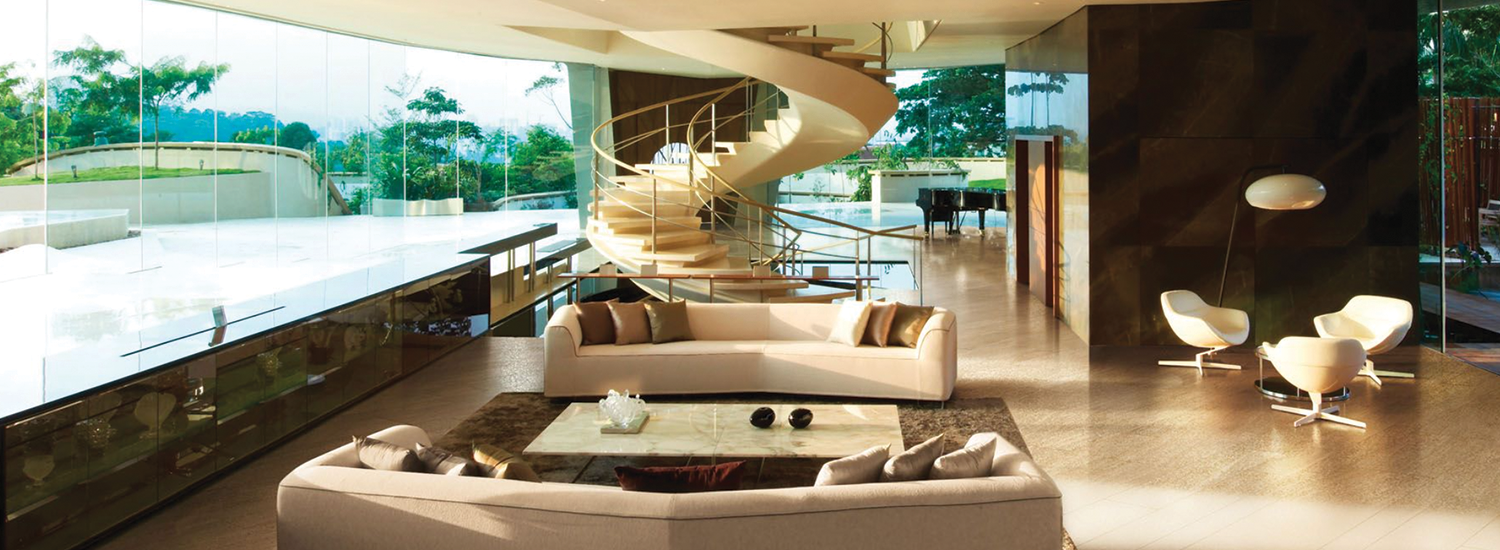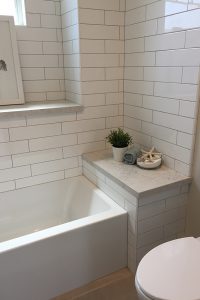
Industry Dialogue
Linking our passion of stone and helping connect it with other elements in your daily life.

10 Tile Patterns you Need to Know
Tiles are a versatile and hard-wearing floor and wall covering that can be found in many areas of the home. But making your next tiling project success isn’t just about choosing the right colour and style – how the tiles are laid will have a big influence on how space is viewed and feels…

Working with Compact sintered stone and porcelain slabs
While still fairly new to the market, alternative stone products such as compact sintered stone and porcelain slabs are becoming design options, causing fabricators to learn the best ways to fabricate them and educate their customers…

Marble Countertops: A Guide to Choosing & Maintaining White Marble
Finishing marble countertops with a penetrating sealer is essential for long-term performance, says Nussbaum, “but not a magic bullet.” Acids will still etch the surface. Fortunately, if the countertop has a honed finish, an etched mark can usually be removed by scrubbing with a Comet paste using a Scotch-Brite pad, he says. If it’s a polished surface, it will require…

10 Marble Bathrooms We’re Swooning Over RN
Marble is sometimes a controversial material when you’re talking kitchen counters. It’s easy to stain it, and is not necessarily simple to care for and maintain. However, when we’re talking marble in the bathroom, it’s hard to find any marble haters out there…

Color Theory & Interior Design
Color theory is the examination of how color can affect how a person reacts to the colors they see. In interior design, this can be used to create a space that has a distinct look, evokes a desired mood, or encompasses a particular style.

Marble Makes an Appearance at Fashion Week
The presentation was quite a stunning sight. One of the rooms of the elegant Palazzo Clerici was transformed in a wondrous, immersive space, its walls and ceiling entirely wallpapered with enlarged reproductions of thousands of marble samples. “The story is quite special,” explained Zanini when asked about the unusual choice. Here it is: In 1862, a geologist started collecting marble and stones—combing the archaeological sites of ancient Rome. In the span of a couple of decades, he’d amassed an encyclopedic heap of geological wonders, thousands of little slabs all precisely cut into small squares of the same size.
